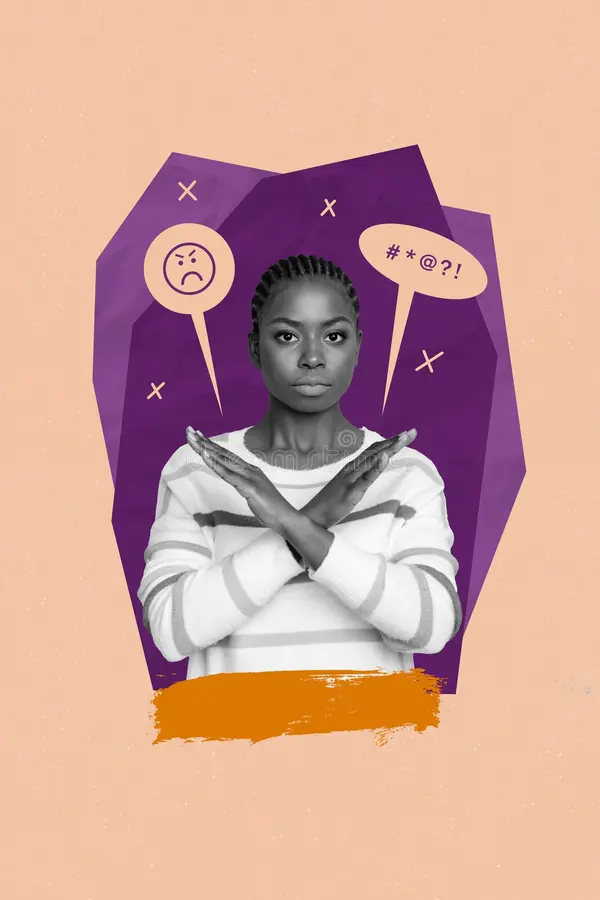What Is Bullying?
Let’s Get Clear.
At The Echo Movement, we don’t water things down. Bullying is not just drama, tough love, or conflict — it’s a repeated, targeted pattern of harm.
Whether it happens in a school hallway, a college department, an office, or online, bullying breaks people down. It’s real. It’s dangerous. And far too often, it’s ignored.

The Definition of Bullying
According to the Florida Department of Education (SESIR) and StopBullying.gov, bullying is:
Systematic, intentional behavior that causes physical or psychological harm and involves a power imbalance.
For something to be classified as bullying, three elements must be present:
- Repetition: The behavior happens more than once, not just a single incident.
- Intentionality – The harm is done on purpose, not by accident.
- Power Imbalance – The person bullying has more power—this could be a supervisor over an employee, a group over one individual, or someone leveraging privilege, rank, or influence to intimidate.
Our Vision is Backed by Purpose, Not Profit.
We’re building The Echo Movement with the same bold energy you see in the world’s most forward-thinking platforms.
Did You Know?
More than 60% of people who are bullied at work are targeted by someone in a position of power—and most never report it. Bullying thrives in silence. We’re here to break that silence.
What Bullying Looks Like:
Bullying can show up differently depending on where it happens.
Here are some common forms across environments:
At School or College:
- Spreading rumors or lies
- Public humiliation or exclusion
- Name-calling or mocking based on race, gender, identity, ability, etc.
- Cyberbullying or group targeting
- Using authority (teachers, administrators) to silence or intimidate
At Work or Internships:
- Verbal abuse or constant criticism
- Sabotaging someone’s tasks or projects
- Excluding someone from meetings or opportunities
- Micromanaging or gaslighting
- Retaliation after raising concerns
Online or Social Media:
- Harassment through comments, DMs, or public call-outs
- Doxxing or sharing private information
- Group pile-ons and coordinated attacks
- Targeting someone for their identity or beliefs
If It’s Not Repeated, Is It Still Harmful?
Yes.
Even if an action doesn’t meet the full definition of bullying, it can still be harassment, discrimination, abuse, or intimidation. One-time incidents — especially if they involve threats, slurs, or violations of safety — are still serious. They still cause harm. They still deserve to be named.
Why This Page Exists
Too often, people are told they’re “overreacting,” “too sensitive,” or “taking things the wrong way.” Systems love to downplay real harm with labels like “conflict” or “miscommunication.”
But we know better. We believe:
- You don’t need bruises for your pain to be real
- You don’t need everyone to believe you for your experience to matter
- You don’t need permission to say: This isn’t okay.
Naming bullying is the first step to ending it.
Let’s Break the Cycle
Bullying doesn’t just “happen.” It’s allowed. It’s ignored. And it’s time we stop pretending it’s normal.
Whether it’s happening in classrooms, offices, online, or at home—bullying is a choice made by one person, and often protected by the silence of others. It’s not just teasing. It’s not “part of growing up.” It’s trauma. And it’s long past time we name it for what it is.
Every time we look the other way, we teach people that harm is acceptable. But we can rewrite that message—starting now.
By learning what bullying really is, recognizing the signs, and holding systems accountable, we can start protecting the people who are usually told to “toughen up.”
Because no one should feel unsafe in a school, at work, online, or in their own home.
Frequently Asked Questions on Bullying
What is considered bullying?
What are the signs that someone is being bullied?
Signs include changes in mood, isolation, anxiety, avoiding certain places, and physical symptoms like headaches or stomachaches. Adults may notice a decline in work or school performance and increased emotional distress. Learn more about the impact of bullying.
Can adults be bullied?
Yes. Bullying can occur in workplaces, universities, and even online, and often includes psychological manipulation, exclusion, or verbal abuse—especially from those in positions of power.
Is one incident considered bullying?
Typically, bullying must be systematic and repeated. However, one incident may qualify as harassment or abuse, particularly if it involves threats, slurs, or targeted attacks based on identity.
How can I report bullying?
Why don’t people report bullying?
Many victims stay silent due to fear of retaliation, shame, or past experiences of being ignored. Power dynamics often make it harder to speak out, especially in workplaces or schools.
Is bullying the same as harassment?
Not exactly. Bullying involves repeated harm with a power imbalance. Harassment can occur once and often targets someone based on race, gender, disability, or other protected characteristics under civil rights law.
